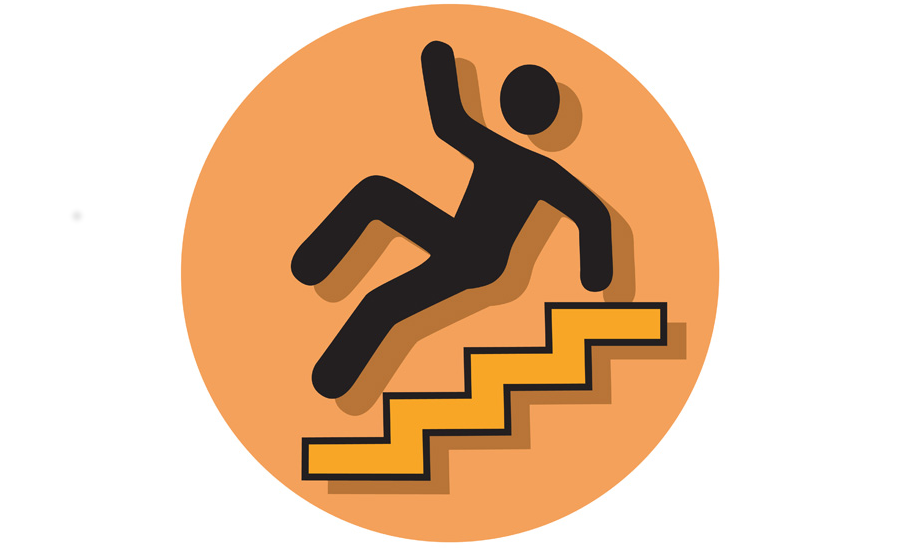OSHA walking-working surfaces; PPE (fall protection systems)

History
The Walking-Working Surfaces; Personal Protective Equipment (Fall Protection Systems) standard, 29 CFR 1910.22, was published in the Federal Register on November 18, 2016, at pages 82494-83006 (513 pages). Most of the rule became effective Jan. 18, 2017, but some provisions have delayed effective dates.
Key compliance requirements
Falls from heights and on the same level (a working surface) are among the leading causes of serious work-related injuries and deaths. OSHA estimates that 202,066 serious (lost-workday) injuries and 345 fatalities occur annually among workers directly affected by the final standard.
Falls and falling objects can result from unstable working surfaces, ladders that are not safely positioned, and misuse of fall protection. Workers are also subject to falls or to the dangers of falling objects if sides and edges, floor holes, and wall openings are not protected.
The open sides of platforms more than four feet above an adjacent floor or ground level must be guarded by a standard railing or the equivalent. If the top of a tank is not a "platform" under the analysis called for in OSHA's guidance document, the guardrail requirements of that standard would not apply.
- Employers must protect workers from fall hazards along unprotected sides or edges that are at least four feet above a lower level.
- They must provide fall protection in specific situations, such as hoist areas, runways, areas above dangerous equipment, wall openings, repair pits, stairways, scaffolds, and slaughtering platforms.
- Rope Descent Systems now have a 300-foot height limit and must be certified as capable of supporting 5,000 pounds for each worker attached.
- Employers must ensure workers in high-hazard situations are trained on fall hazards and fall protection systems.
Enforcement statistics
October 2016 through September 2017 – totals for all industries
Citations: 582
Inspections: 534
Penalty: $1,879,801
Most frequently cited provisions
- All places of employment, passageways, storerooms, and service rooms shall be kept clean, orderly and in a sanitary condition.
- The floor of every workroom shall be maintained in a clean and, so far as possible, a dry condition.
- Aisles and passageways shall be kept clear and in good repair.
- Covers and/or guardrails shall be provided to protect personnel from the hazards of open pits, tanks, vats, ditches, etc.
Most cited industries
- Building management services
- Utilities
- Warehousing
- Retail
- Window cleaning, chimney sweeping and outdoor advertising
Compliance assistance
- Through its On-site Consultation Program, OSHA provides individualized, confidential assistance to small businesses at no cost. This service is separate and independent from OSHA enforcement programs.
- OSHA’s Preventing Falls Fact Sheet discusses fall protection which may be used to reduce hazards associated with unprotected sides, wall openings, and floor holes and best practices for ladder safety.
Looking for a reprint of this article?
From high-res PDFs to custom plaques, order your copy today!




